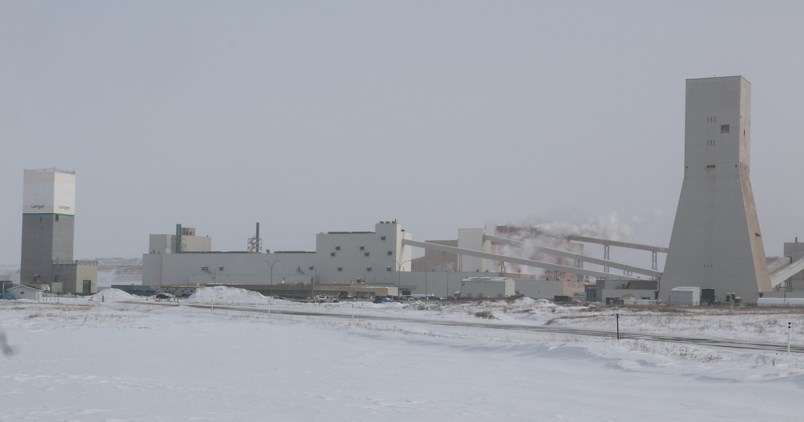Nutrien is considering whether it should increase its potash production capacity by five million tonnes by 2023, then by another five million tonnes after that.
At an event for investors in Toronto on May 28, Susan Jones, Nutrien’s executive vice president for potash, said they have five million tonnes of capacity in place at existing operations that can be quickly brought online with minimal investment if there’s a need.
“In other words, all of this available capacity has already been bought and paid for over the last decade, putting us in a unique position as the only producer with available tonnes to move tonnes into the market quickly, nimbly and flexibly as needed,” she said.
Nutrien said they produced 13 million tonnes in 2018.
The potash executive said they are predicting consumption rates to increase at a rate of 2.5 to three per cent over the next five years, with prices remaining stable.
“We do intend to strategically utilize our excess capacity to ensure we remain in a stable price environment throughout the period,” she said. “We know that escalating prices are not in the best interest of growers and we intend to ensure the prices remain stable.”
Jones said Nutrien sees potential of growth past 2023, with the company being able to take advantage of brown-field expansion opportunities to produce an additional five million tonnes. Brown-field refers to existing facilities, while green-field refers to new ones.
“This will be done in increments across all of our sites, with the first additional three million tonnes spread across three different sites and expected to take only three years.”
The executive said brown-field expansion would be cheaper as it wouldn't have to build new processing mills or other infrastructure. It would also be quicker, as green-field expansion projects could take seven to 10 years.
Jones also told investors that Nutrien is working on a next generation potash mining project that would use technologies like big data analytics and automation to improve productivity, safety and environmental outcomes.
“We will be investing $500 million over the next five years with expectations of an IRR [internal rate of return] of more than 25 per cent,” she said.
Already the project has seen the company double the amount of time boring machines spend capturing optimal ore at its Rocanville site and increase tailings recovery by 10 per cent.
“These two initiatives alone are forecast to result in an additional $180,000 tons of potash per year without additional cost.”




